Dual-Band vs Tri-Band Router: Which One Is Best For Your Home?
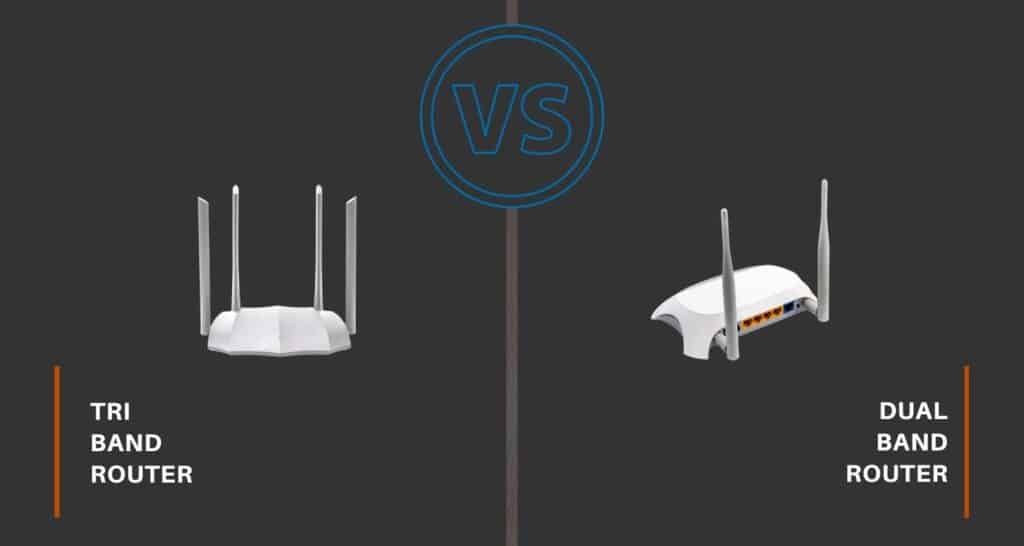
If you want to get faster internet at home, you must consider upgrading your Wi-Fi router. There’s a vast selection of routers available, but today, we’ll zero in on 2 great options: dual-band and tri-band routers
Dual-band routers have faster speeds and can support 2.4GHz and 5GHz frequencies. Tri-band routers can also do the same thing, but they have an additional 5GHz band that is really great if you have multiple streaming devices running in the house.
Before making the commitment, remember that the “best” router is the one that best fits your needs. Get your money’s worth as we get into the details.
Table of Contents
What’s a dual-band router?
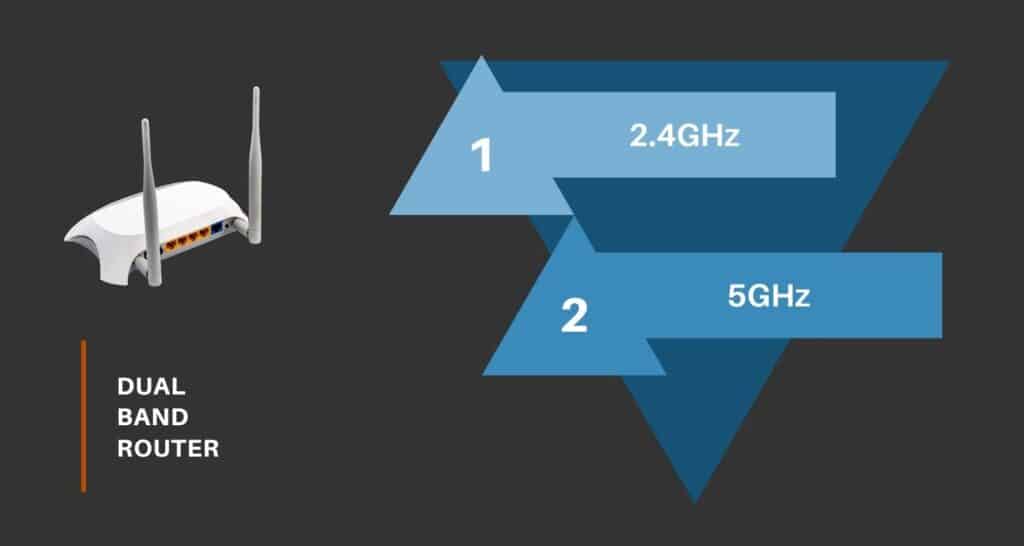
A dual-band router is used almost everywhere and is readily available in the market. Even your current router at home might be dual-band!
Dual-band routers date all the way back to 2009 when WiFi 4 became available commercially. Aside from being able to broadcast both 2.4GHz and 5GHz frequency bands, this router is versatile. It is compatible with all wifi generations from Wi-Fi 4 to Wi-Fi 6E.
Popular dual-band routers include the TP-Link AC1900, TP-Link AC1750 Asus AC2900, and Netgear N600.
Read More: 5 Best Dual-Band Routers in 2023: Enjoy Faster Speeds For Your Home
What are 2.4GHz and 5GHz frequencies anyway?
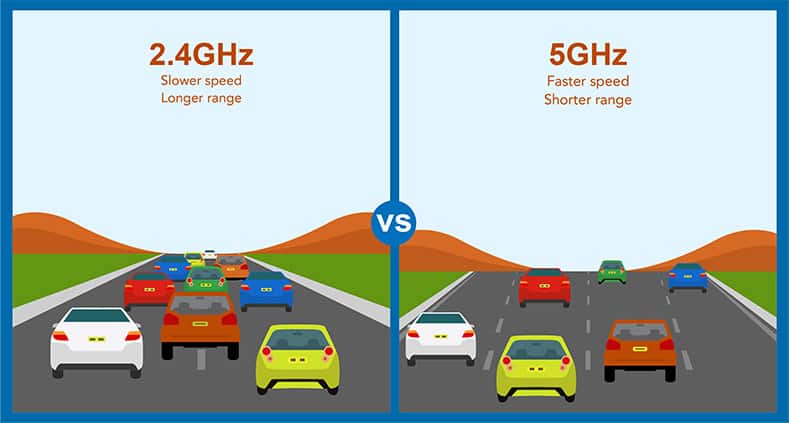
The 2.4GHz frequency is a workhorse – it covers a wide range, and supports many tech tools including mobile devices and smart home appliances. Because the 2.4GHz band has plenty of users connected to it, it eventually became congested and got slower.
This is where 5GHz comes in. The 5GHz frequency is faster and offers a much more stable connection to all connected devices. The only downside is, it doesn’t cover a vast space. So even though it’s faster, nobody really wanted to have a router that only supports 5GHz frequency.
From then on, 2.4GHz and 5GHz frequencies simply coexisted through dual-band routers. So when new devices connect to your wifi network, it automatically connects to the 5GHz frequency. As for older gadgets, or when you are far away from the router, it connects to the 2.4GHz band.
Still confused about these two? We understand! Check our full explanation for 2.4GHz and 5GHz frequencies here.
What’s a tri-band router?
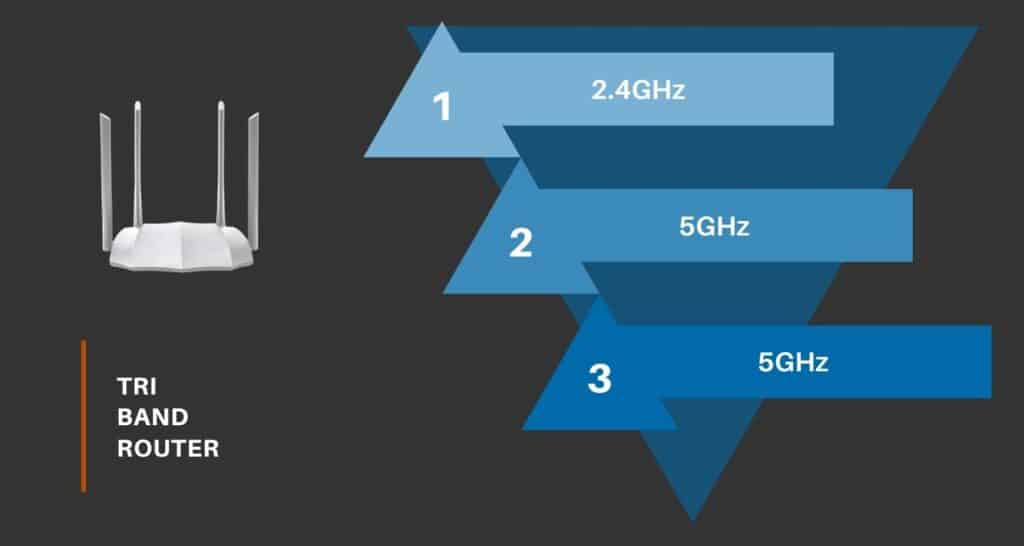
A tri-band router essentially supports 3 separate bands. It broadcasts one 2.4GHz band and two 5GHz channels.
→ What does the additional bandwidth exactly do?
It lets you connect more devices to your Wi-Fi network without worrying about it slowing down. You can stream 4k resolution videos and play all the games you want while maintaining strong and fast internet speed.
Look at our review of the Eero Pro 6E mesh router if you want to see how well a tri-band router can perform in real-world testing.
The extra band automatically sorts the connected smart home devices into their proper “lane”. Most businesses resort to using tri-band routers because of the additional bandwidth that offers faster internet speed. It is great for allowing multiple devices to run smoothly without any interference.
Read: 5 Best Tri-Band Routers in 2023: Get Faster Speeds and Better WiFi Experience
Should you get a dual-band or a tri-band router?
This decision all boils down to your needs and preferences. But if you’re going to ask us, we’d say stick to a dual-band router. Simply because it is cheaper and much more practical if you’re not really using multiple Wi-Fi devices at once.
Dual-band routers offer a decent internet speed that is suitable for your home. Because honestly, even if you get a tri-band router but you don’t have modern devices to connect it to, you won’t see much difference.
→ But if you’re living in a modern smart home, where most gadgets require wireless signals, or if you want a fast internet connection in your office, then tri-band is the way to go.
The Bottom Line
In a world where everybody wants a constant connection to the internet, choosing the right router is crucial.
If you’re looking for something that’s simple but fast and reliable, then dual-band should be good enough. But if you’re looking for something that is fast and flexible, then tri-band is the way to go.
Now that we’ve uncovered the essentials, we’d love to hear from you. Have you made your choice yet? Do you need further assistance? Don’t hesitate to share your thoughts in the comments or ask for help. Remember, we’re here to turn complex tech topics into easy, actionable advice.
Happy networking!
Read Also: Router Reviews & Tech Reviews

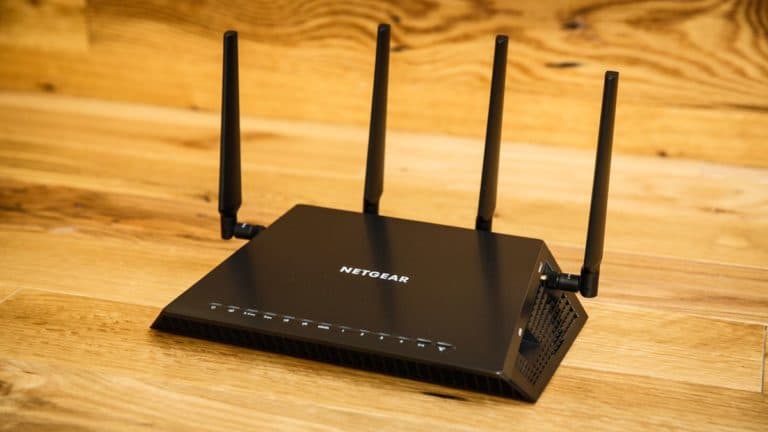
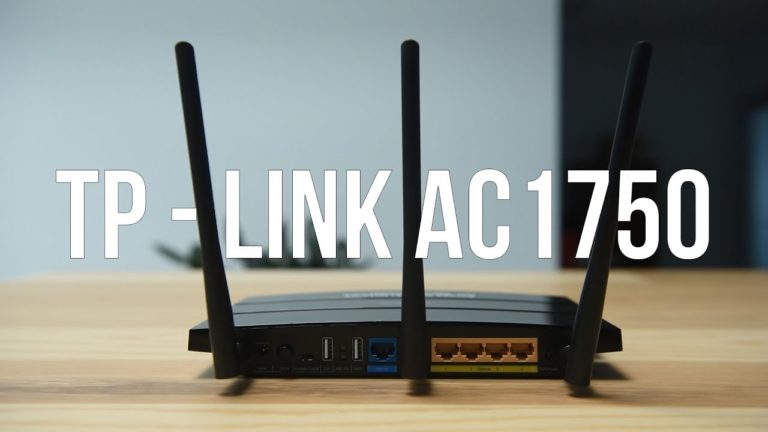

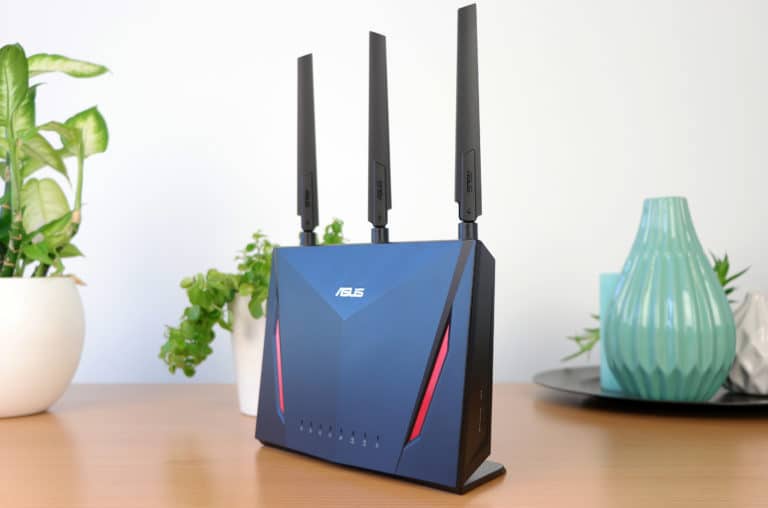
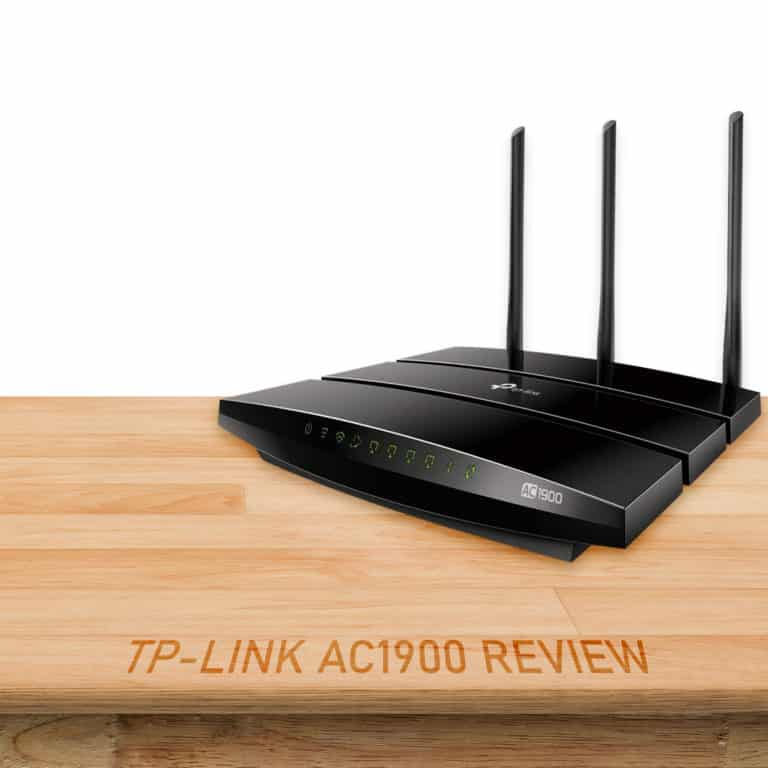
Thanks, this is the easiest explanation to understand the Dual & Tri band tech!
The best explanation of routers – dual vs tri-band in simple lucid terms.